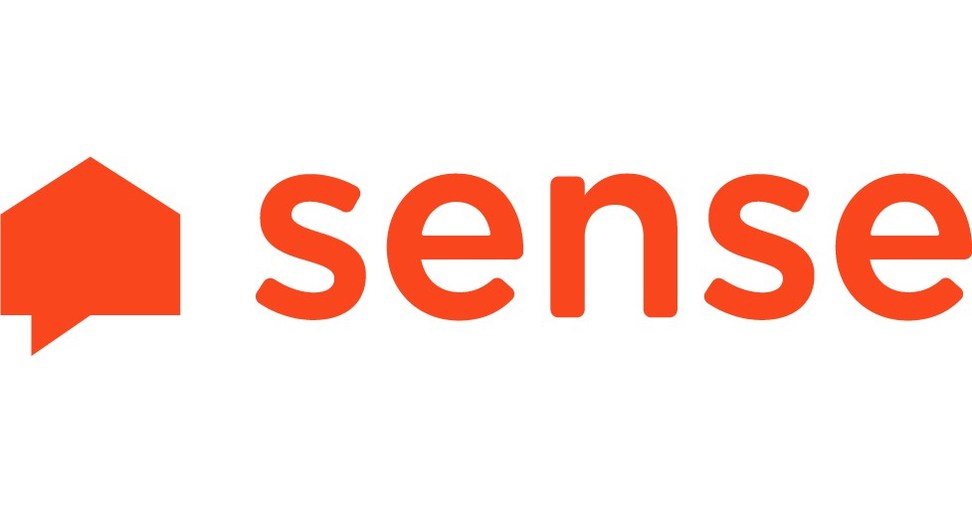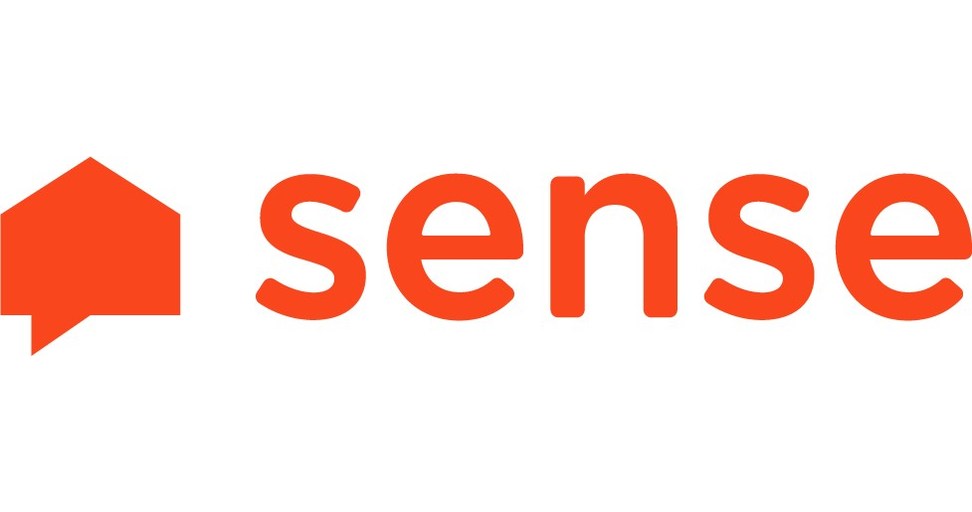MaikaiLifeDIY
Solar Enthusiast
Here is what I would do..
Just buy them on Amazon, whichever you don't like, send it back.
Just buy them on Amazon, whichever you don't like, send it back.
I still using EMONCMS and it works great but now that I have the enphase batteries it will show 0 watts used if I use sefl consumption. So I would like to find something that will monitor energy used, solar, and the batteries.Does Sense not have individual monitoring clamps?
I would never trust anything to just guess using two 200A clamps if it's that kind of thing.
The Vue is awesome and as best I can tell, quite accurate.
Amazon returns go to landfill. Which drives up prices for all of us.Here is what I would do..
Just buy them on Amazon, whichever you don't like, send it back.
Upcoming Vue 3 (in beta testing now) should have AC battery monitoring. Vue 2 does not.So I would like to find something that will monitor energy used, solar, and the batteries.
Will Vue do this?
The CT clamps of the Emporia will only work on 120/240 volt AC legs, not DC battery voltage.So I would like to find something that will monitor energy used, solar, and the batteries.
Will Vue do this?
I presume there is some filtering by Amazon based on price? They must have figured out it is less expensive than processing some returns so I concluded returns per se drive up prices and sending some to landfills has less impact on Amazon's cost than processing small ticket items. As an Amazon user, the return policy definitely has value to me.Amazon returns go to landfill. Which drives up prices for all of us.
Really, then where do all the used Amazon warehouse deals come from? I'm perfectly happy to purchase something someone tried and didn't like/understand for less money.Amazon returns go to landfill. Which drives up prices for all of us.
I agree and earlier mentioned that there must be a filter of some sort on whether returns go to landfill or someone who buys them in bulk and has the labor to sort and list them for sale.Really, then where do all the used Amazon warehouse deals come from?
Instead of a Sense, it might be better to just use Eyedro. I've had one since 2020 and used it to determine exactly what our power usage was to size the solar system.I've had Sense solar since 2020. Essentially it's a box with CT clamps for L1, L2 and one circuit it treats as solar, and a wifi antenna. As for recognising devices, it eventually identified the main things in my home, but the learning isn't great. It will talk to Kasa (or Wemo) smart switches to help with identifying specifics. Their cloud service tends to hiccup every now and again during which time the data is inaccessible, though it has a local buffer which covers if the problem was connectivity. The UX is simple enough and the app and web based interface are pleasant to use. It would be nice if it weren't so expensive.
No branch CT's, just mains, which makes it easier to install. Its supposed to be able to identify each load via the mains due to their respective unique power consumption profile. As you can see from the posts above, Sense doesn't work as advertised.
Emporia is much better. The only complaint I have with the Vue system is that ONLY the 2 channels for the main CT's are capable of monitoring bi-directional (NET metering) energy flow. This is a problem because one of our grid-tie systems ties into a subpanel that is monitored by 2 of the branch CT's. I've called them a few times over 2 years and they keep promising the fix is coming soon.
Energy in from and out to grid The Emporia Vue is capable of monitoring your solar production. You will install your Vue differently depending on whether your solar is a breaker-fed or a line-side tap installation. These installations are covered in the subsequent pages. If you are interested in monitoring how much energy you are pulling and sending back to the grid, you’ll need to utilize 50A CTs as described below. The 200A CTs that connect to your mains will provide net metering out of the box — displaying electricity used minus electricity produced. To ensure the Vue can correctly measure net metering, the 200A CTs must be correctly oriented and be placed between the meter and the incoming solar. For the Vue to be able to calculate how much energy your system is getting from and sending out to the grid, you’ll need to employ two 50A CTs on the incoming leads from your inverter. Installation depends on where these leads enter your system, which is illustrated in detail on the next two pages.
We have 2 grid-tie systems, One feeding into a main panel and 1 feeding into a subpanel. The 200A main CT's are bi-directional but the 50A ct's monitoring the subpanel are not.Their solar supplement installation guide seems to imply they can be bi-directional, but maybe I'm missing something - the quote below is from the doc...
You mean this ?FWIW,
Sense is no longer a small startup. Both Schinder and Landis+Gyr invested big money into the company.




Sense does an excellent job with the visualizations and solid energy report for total used. It just flat SUCKS for individual load tracking, and the Sense leadership simply doesn't care.


At least we agree on that point!I can't recommend anyone buy a Sense device unless they want aggregated reporting.
I don't think that is completely true.Amazon returns go to landfill. Which drives up prices for all of us.
 bulldogliquidators.com
bulldogliquidators.com
My Enphase batteries provide 240 AC with the IQ8 Inverters built in.The CT clamps of the Emporia will only work on 120/240 volt AC legs, not DC battery voltage.

 community.openenergymonitor.org
community.openenergymonitor.org
It's going to get confused about the direction, based on the above discussion, right? Because battery discharges and charges via AC.My Enphase batteries provide 240 AC with the IQ8 Inverters built in.
My question with the Vue work with Grid, Solar, and battery AC in/out. Can you program it that way?
Anyone using it like that.


